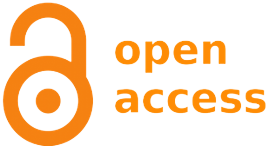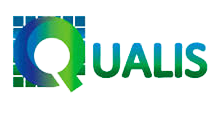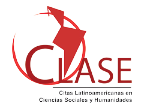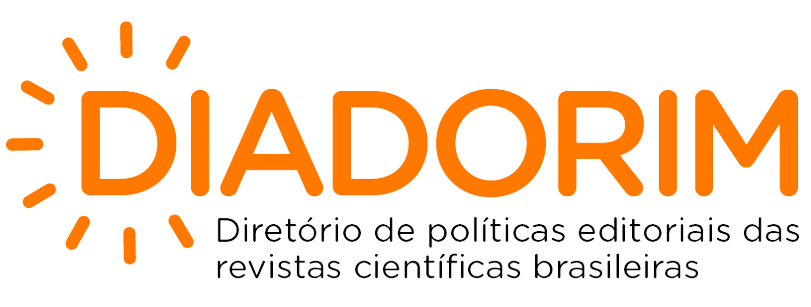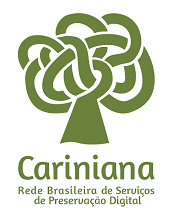The indigenous Park Xingu and Belgian Congo: history teaching and cultural plurality in years teaching initial elementary school
DOI:
https://doi.org/10.5433/2238-3018.2016v22n2p33Keywords:
Cultural Plurality, Interdisciplinarity, Africa, XinguAbstract
It is intended to socialize one didactic and pedagogical approach to the teaching of history in the early years of elementary school developed in the 7th semester of the Faculty of Education of UNIVAG University Center of Várzea Grande, Mato Grosso, during the course of Theory and Practice of Human Sciences: History. The child and youth book The king and the Indian boy, the frontiersmen Claudio and Orlando Villas Boas (1993), belonging to Pachachá Collection, Publisher Kuarup, was the starting point. The story is set in 1964 and describes the coexistence of Indian boy Acanai and King Leopold III during his stay in a Xingu village with the purpose of acquiring live fish species for studies. Congo, Africa also comprises the stage of history. The theoretical support adopted is linked to the historical plots and thus form an interdisciplinary fabric to disseminate historical facts, and the Xingu Indigenous Park as the main scenario. The Cultural Plurality volume, belonging to the National Curriculum Parameters, one of Transversal themes, was the basis for discussions on the role of this curriculum area in the training of students as well as performing critical readings on existing cultural diversity in Brazil.
Downloads
References
BRASIL. Lei 11.645, de 10 de março de 2008. Presidência da República. Disponível em: http://www.planalto.gov.br/ccivil_03/_ato2007-2010/2008/lei/l11645.htm Acesso em 03.03.2015.
COLLET, C.; PALADINO, M.; RUSSO, K. Quebrando preconceitos: subsídios para o ensino das culturas e histórias dos povos indígenas. Rio de Janeiro: Contra Capa Livraria; Laced, 2014 (Traçados, 3).
IBGE. Brasil Indígena. Fundação Nacional do Índio; Instituto Brasileiro de Geografia e Estatística. Disponível em http://www.funai.gov.br/arquivos/conteudo/ascom/2013/img/12-Dez/pdf-brasilind.pdf Acesso em 01.03.2015.
FERREIRA, M. K. L. (Org.). Histórias do Xingu. Coletânia de depoimentos dos índios Suyá, Kayabi, Juruna, Trumai, Txucarramãe e Txicão. São Paulo: NHII, 1994.
FRANCHETTO, B. (Org.). Coletânia de artigos sobre linguística, antropologia e arqueologia do Alto Xingu. Rio de Janeiro: Museu do Índio/Funai, 2011.
FRANCHETTO, B.; HECKENBERGER, M. Os povos do Alto Xingu: história e cultura. Rio de Janeiro: UFRJ, 2001.
FUNARI, P. P.; PIÑON, A. A temática indígena na escola: subsídios para os professores. São Paulo: Contexto, 2011.
HALL, S. Identidades culturais na pós-modernidade. Trad. de T. T. da Silva e G. L. Louro. Rio de Janeiro: DP&A, 1997.
HERNANDEZ, L. M. G. L. A África na sala de aula: visita à história contemporânea. São Paulo: Selo Negro, 2008).
LAVENÉRE-WANDERLEY, N. F. História da Força Aérea Brasileira. Rio de Janeiro: FAB, 1975.
PAGLIARO, H.; AZEVEDO, M. M.; SANTOS, R. V. Demografia dos Povos Indígenas no Brasil: um panorama crítico. In: PAGLIARO, H.; AZEVEDO, M. M.; SANTOS, R. V. (Org.). Demografia dos povos indígenas no Brasil. [on line]. Rio de Janeiro: Editora Fio Cruz, 2005, p. 11-32. Disponível em: http://static.scielo.org/scielobooks/qdgqt/pdf/pagliaro-9788575412541.pdf. Acesso em 10.01.2017.
RIBEIRO, B. G. Diário do Xingu. Rio de Janeiro: Paz e Terra, 1979 (Coleção Estudos Brasileiros, 42).
TASSARA, H. (Dir.). Um rei no Xingu. Documentário, 35mm, cor, 28’. Produção: Panta Rhei Filmes e Universidade Católica de Goiás, 2001. Disponível em http://portacurtas.org.br/filme/?name=um_rei_no_xingu Acesso em 24.03.2015
VILLAS BÔAS, C. Parque Indígena do Xingu. In: MÜLLER, C.; LIMA, L. O.; RABINOVICI, M. (Org.). O Xingu dos Villas Bôas. Agência Estado; Metalivros, 2002, p. 71-85.
VILLAS BÔAS, C.; VILLAS BÔAS, O. O rei e o menino índio. Rio de Janeiro: Melhoramentos, 1993 (Coleção Pachachá).
VILLAS BÔAS, C.; VILLAS BÔAS, O. Histórias do Xingu. São Paulo: Companhia das Letrinhas, 2013.
VILLAS BÔAS, O.; VILLAS BÔAS, C. A marcha para o oeste. A epopeia da expedição Roncador-Xingu. 5. ed. São Paulo: Globo, 1994.
Downloads
Published
How to Cite
Issue
Section
License
História & Ensino adota a licença CC-BY esta licença permite que os reutilizadores distribuam, remixem, adaptem e criem a partir do material em qualquer meio ou formato, desde que a atribuição seja dada ao criador. A licença permite o uso comercial.




